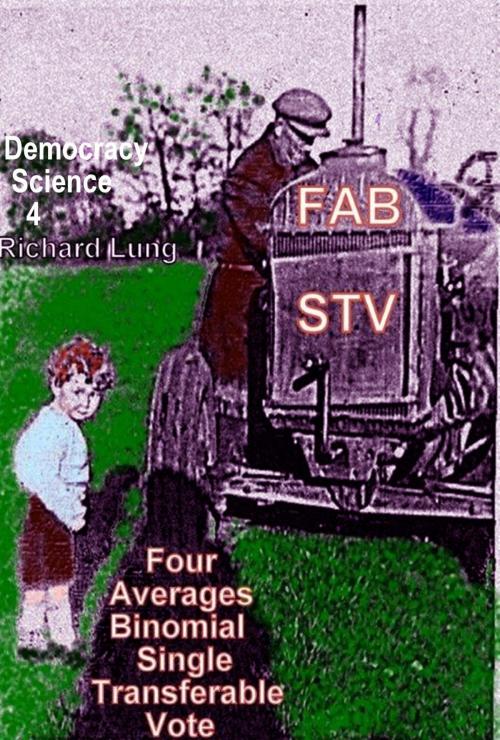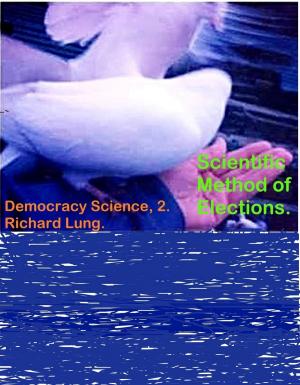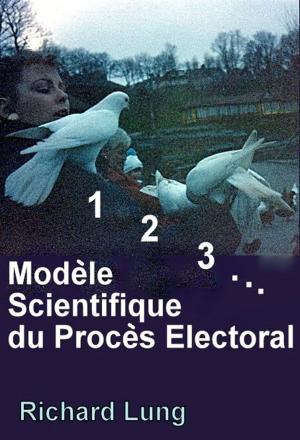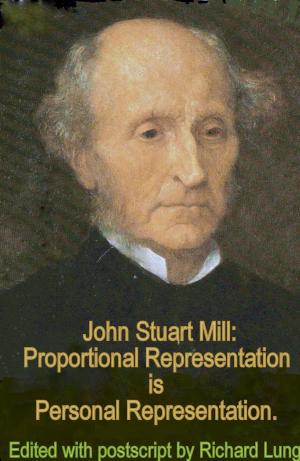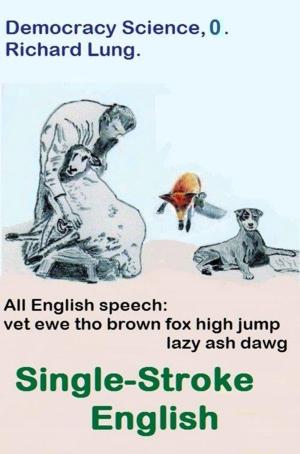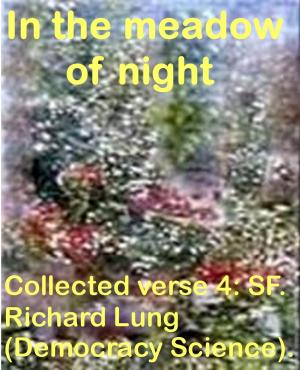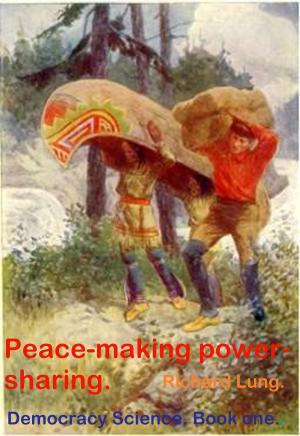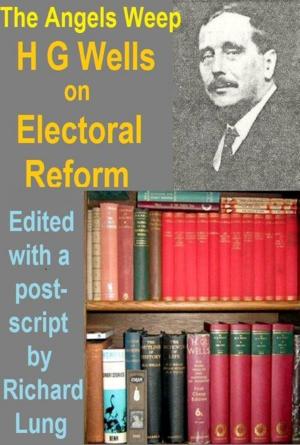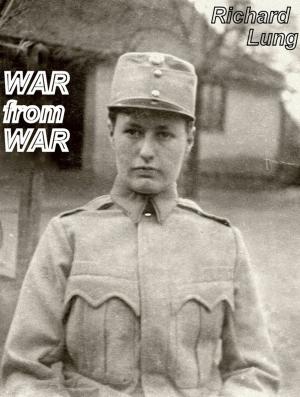FAB STV: Four Averages Binomial Single Transferable Vote.
Nonfiction, Social & Cultural Studies, Political Science, Government, Elections, Democracy| Author: | Richard Lung | ISBN: | 9781370912223 |
| Publisher: | Richard Lung | Publication: | March 21, 2018 |
| Imprint: | Smashwords Edition | Language: | English |
| Author: | Richard Lung |
| ISBN: | 9781370912223 |
| Publisher: | Richard Lung |
| Publication: | March 21, 2018 |
| Imprint: | Smashwords Edition |
| Language: | English |
The Single Transferable Vote (STV) is the “Super-vote”. Other voting methods are variously deficient, in comparison. So goes part one for the general reader. The classical school for “scientific method of voting” is rescued from neglect, especially the significant contribution by HG Wells.
Critics are still parroting, from over a century ago, that STV is “complicated”, as Wells remarked, “that word of fear”. Complicated, with the STV count, is just another word for completed. There is no virtue in the simplistic negligence of one-round voting systems.
Such critics have not learned that the division of labor has taken democracy on, from an unrealistic requirement that everyone understand the count, as well as the vote. Wells said, a century ago, that all drivers could not be expected to know how the motor car works.
Part two is for specialists. Four Averages Binomial Single Transferable Vote (FAB STV) is the super-vote super-charged. It will take a long time to test and assimilate to official use.
It took me fourteen years to develop this invention, on top of a lifetime study of voting method. Readers cannot expect to take it all in at once. A worked example of FAB STV is given of an extremely small scale election, covering nearly twenty tables, which normally would be conducted by computer, like Meek method STV, whose concept of the keep value is a starting point of FAB STV.
If you are familiar with Meek method (which is explained here) then you are in a good position to follow part two of this book.
None of the many stages of FAB STV, except the last, go beyond the elementary operations of arithmetic. The last stage, involving the fourth average, is a little complicated and unfamiliar but not really difficult, when one gets used to it. However, all the stages taken together amount to a formidable complexity, completely impractical without a computer program.
The Single Transferable Vote (STV) is the “Super-vote”. Other voting methods are variously deficient, in comparison. So goes part one for the general reader. The classical school for “scientific method of voting” is rescued from neglect, especially the significant contribution by HG Wells.
Critics are still parroting, from over a century ago, that STV is “complicated”, as Wells remarked, “that word of fear”. Complicated, with the STV count, is just another word for completed. There is no virtue in the simplistic negligence of one-round voting systems.
Such critics have not learned that the division of labor has taken democracy on, from an unrealistic requirement that everyone understand the count, as well as the vote. Wells said, a century ago, that all drivers could not be expected to know how the motor car works.
Part two is for specialists. Four Averages Binomial Single Transferable Vote (FAB STV) is the super-vote super-charged. It will take a long time to test and assimilate to official use.
It took me fourteen years to develop this invention, on top of a lifetime study of voting method. Readers cannot expect to take it all in at once. A worked example of FAB STV is given of an extremely small scale election, covering nearly twenty tables, which normally would be conducted by computer, like Meek method STV, whose concept of the keep value is a starting point of FAB STV.
If you are familiar with Meek method (which is explained here) then you are in a good position to follow part two of this book.
None of the many stages of FAB STV, except the last, go beyond the elementary operations of arithmetic. The last stage, involving the fourth average, is a little complicated and unfamiliar but not really difficult, when one gets used to it. However, all the stages taken together amount to a formidable complexity, completely impractical without a computer program.
